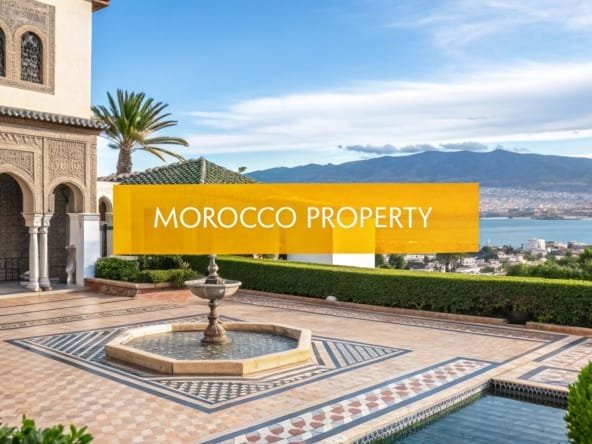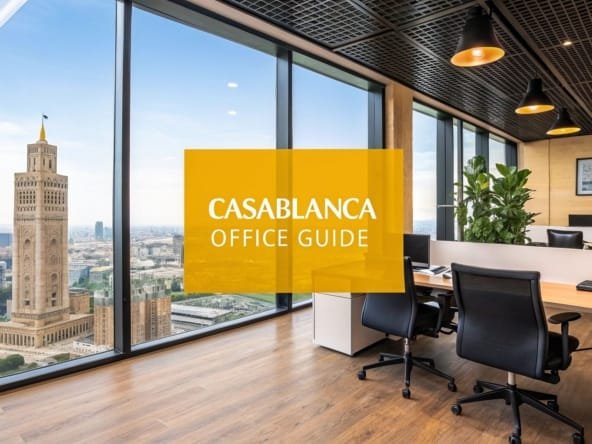The Magic of Blue Waters House Living
Imagine waking up to the gentle rhythm of waves, the sun painting the ocean surface with shimmering blues. This is the allure of blue waters house living, a lifestyle coveted for its tranquility and connection to nature. It's more than just a home; it's an immersive experience. This connection to the water cultivates a unique sense of calm, a feeling echoed by many who've chosen coastal serenity over the hustle of urban life.
The Transformative Power of Waterfront Living
The proximity to azure waters reshapes your lifestyle. Imagine trading a stressful commute for a morning kayak ride, or ending your day with a peaceful walk along the beach. This isn't just a change of scenery; it’s a shift in perspective. Constant interaction with the natural world fosters a deeper appreciation for the environment and a greater sense of peace.
Additionally, the psychological benefits of waterfront living are undeniable. Studies consistently show that exposure to nature reduces stress and improves well-being. The sights and sounds of the ocean have a particularly calming effect, promoting relaxation and mental clarity. A blue waters house becomes a sanctuary for the mind and soul.
Navigating the Practicalities of Coastal Living
Maintaining this distinctive lifestyle requires awareness of practical realities. Coastal weather and changing seasons bring unique challenges. Homeowners need to be prepared for the effects of salt air, humidity, and potential storms. Proper maintenance and material selection are crucial for preserving the beauty and integrity of a blue waters house.
While the term "blue waters house" lacks extensive historical data, the desire for coastal living is a long-standing tradition. The appeal of blue waters is particularly strong in maritime regions, where properties are valued for scenic views and proximity to the water. In regions like Massachusetts (MA), coastal properties in towns like Provincetown or Cape Cod are highly sought after for their blue water views. Explore this topic further. These established coastal communities exemplify the enduring attraction of waterfront properties. Preparing for these realities ensures that the magic of blue waters house living can be enjoyed year-round.
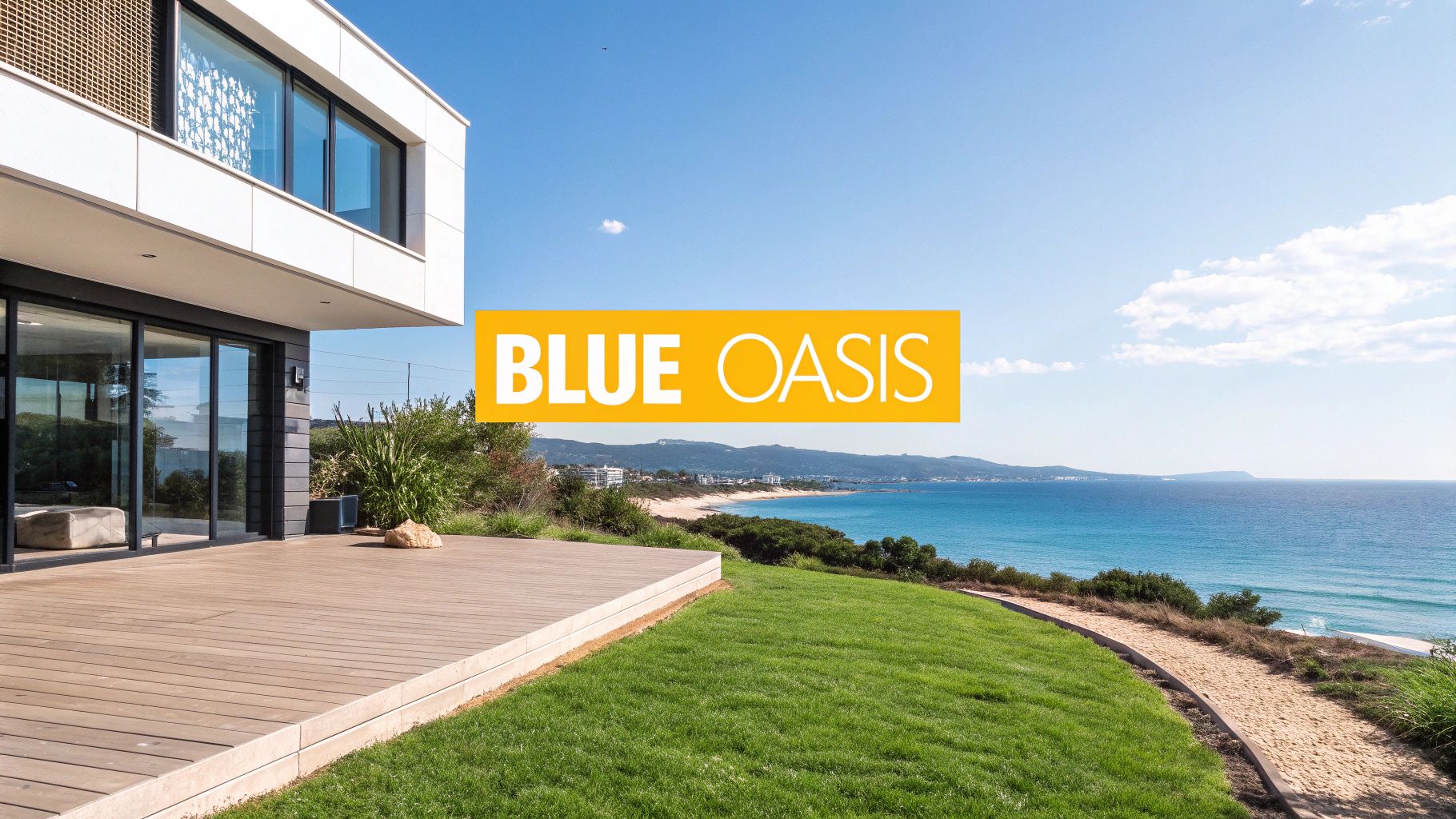
Designing Your Blue Waters House: Architectural Essentials
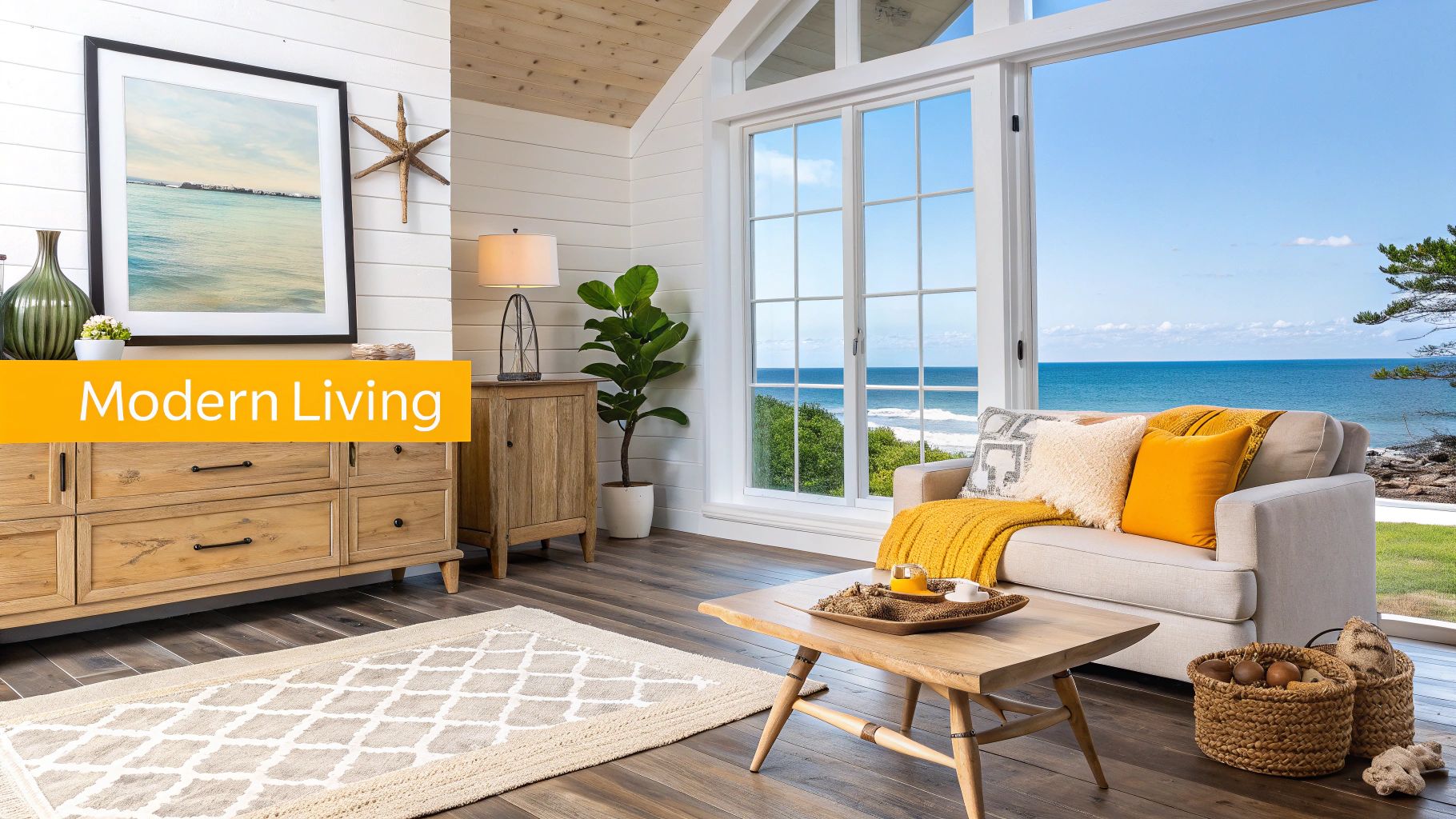
A blue waters house offers more than just breathtaking views; it represents a thoughtfully designed structure built to withstand the test of time and the elements. Coastal environments present unique architectural challenges, requiring careful consideration of both aesthetics and structural integrity. This involves selecting durable materials and employing robust construction techniques capable of resisting the constant forces of nature.
Building Materials: Strength Against the Elements
Coastal homes endure continuous exposure to salt spray, high humidity, and powerful winds. Choosing the right materials is therefore paramount. Corrosion-resistant materials like stainless steel, copper, and specially treated lumber are crucial for exterior components.
For instance, using galvanized fasteners prevents rust and the premature deterioration of structural elements. Selecting exterior paint formulated for coastal climates can also significantly extend the lifespan of your siding and trim. This proactive approach preserves the aesthetic appeal of your blue waters house and minimizes future maintenance costs.
Foundation Techniques: Adapting to Shifting Shorelines
The ground beneath a coastal property can be just as dynamic as the surrounding water. Shifting sands, erosion, and the ever-present risk of flooding pose unique challenges for foundations.
Pile foundations, which extend deep into stable ground below the shifting sands, are often necessary. This technique provides a secure base even in unstable soil conditions. Elevated construction, raising the main living areas above flood level, is also increasingly important. This design feature provides added protection against rising sea levels and storm surges, safeguarding your investment for years to come.
To further illustrate the key differences in architectural design between Blue Waters Houses and standard inland properties, we've provided a detailed comparison table:
To further illustrate the key differences in architectural design, the following table provides a detailed comparison:
Key Architectural Features of Blue Waters Houses
| Architectural Feature | Blue Waters House Implementation | Benefits | Considerations |
|---|---|---|---|
| Building Materials | Corrosion-resistant materials (stainless steel, copper, treated lumber) | Increased lifespan, reduced maintenance, resistance to salt air and humidity | Higher initial material cost |
| Foundation | Pile foundations, elevated construction | Stability in shifting soils, protection from flooding and storm surges | Requires specialized engineering and construction |
| Exterior Paint | Specialized coastal climate formulations | Extended lifespan of siding and trim, resistance to UV damage and salt spray | Careful selection and application essential for optimal performance |
| Windows and Insulation | High-performance, energy-efficient designs | Reduced energy consumption, improved comfort in harsh climates | Higher upfront costs, but potential long-term energy savings |
| Fasteners | Galvanized or stainless steel | Prevents rust and corrosion, extends lifespan of structural components | Slight increase in cost compared to standard fasteners |
This table highlights the essential architectural adaptations implemented in Blue Waters Houses to ensure resilience and longevity in coastal environments. While the initial investment may be higher, the long-term benefits of durability, reduced maintenance, and enhanced protection outweigh the costs.
Emerging Technologies: Revolutionizing Waterfront Construction
Modern technology plays a vital role in improving the resilience and sustainability of waterfront homes. Fiber-reinforced concrete, for example, offers superior strength and durability compared to traditional concrete, minimizing cracking and spalling caused by salt exposure.
Advancements in building envelope design, including high-performance windows and insulation, improve energy efficiency in demanding coastal climates. These technologies not only enhance the comfort and longevity of your home but also contribute to environmentally conscious building practices. You might be interested in: How to master property searches in Morocco. Properly designing your blue waters house ensures it can withstand the elements while maximizing the enjoyment of coastal living.
Blue Waters House: Lessons From Iconic Coastal Homes
A "blue waters house" evokes images of idyllic waterfront living. While the term itself may not have a formal architectural definition, the underlying principles of exceptional coastal design have been refined over generations. By studying iconic coastal homes from around the world, we can discover timeless elements that capture the enduring allure of seaside living and address the challenges inherent in building near the water.
Mediterranean Coastal Villas: Embracing the Sea Breeze
Mediterranean coastal villas demonstrate a seamless integration with the surrounding environment. Strategically positioned to capture cooling breezes and maximize natural light, these homes often feature courtyards and terraces that blur the lines between indoor and outdoor spaces. Whitewashed walls reflect the sun's glare, keeping interiors cool, while arched doorways and windows add a touch of classic elegance. These design elements have heavily influenced contemporary blue waters house design, with open floor plans and large windows showcasing panoramic coastal views.
Scandinavian Shoreline Retreats: Harmonizing With Nature
Scandinavian shoreline retreats offer a different perspective on coastal living. Prioritizing hygge, these homes emphasize warmth and comfort in response to colder climates. Natural materials, such as wood and stone, create a cozy and organic ambiance. Expansive windows frame breathtaking views of the dramatic coastline, seamlessly connecting the home to its natural surroundings. This philosophy translates beautifully to modern blue waters houses, incorporating sustainable building practices and a deep connection with the environment.
New England Beach Homes: Weathering the Storm
Classic New England beach homes, typically clad in weather-resistant shingles, showcase enduring practicality. Steeply pitched roofs efficiently shed snow and rain, while robust construction withstands harsh coastal winds. Covered porches offer protected outdoor areas for enjoying the fresh sea air, regardless of the weather. The restoration of the historic "Top Gun" house in Oceanside, California, provides a compelling example of adapting Victorian architecture to a beachfront setting. Its blue exterior and prominent role in the film "Top Gun" solidified its iconic status. The careful restoration, particularly of the wood cladding and front windows, offers valuable lessons in preserving historical charm while addressing the demands of a coastal environment. Learn more about the history of the Top Gun House: History of the Top Gun House Oceanside, California
Timeless Principles For Contemporary Design
These diverse examples highlight that designing a successful blue waters house goes beyond simply selecting a location with an ocean view. It requires a deep understanding of the unique environmental challenges and embracing design principles that have withstood the test of time. This approach ensures that a blue waters house becomes more than just a beautiful residence; it becomes a harmonious and functional element within the coastal landscape.
Creating Interiors That Honor Blue Waters House Views
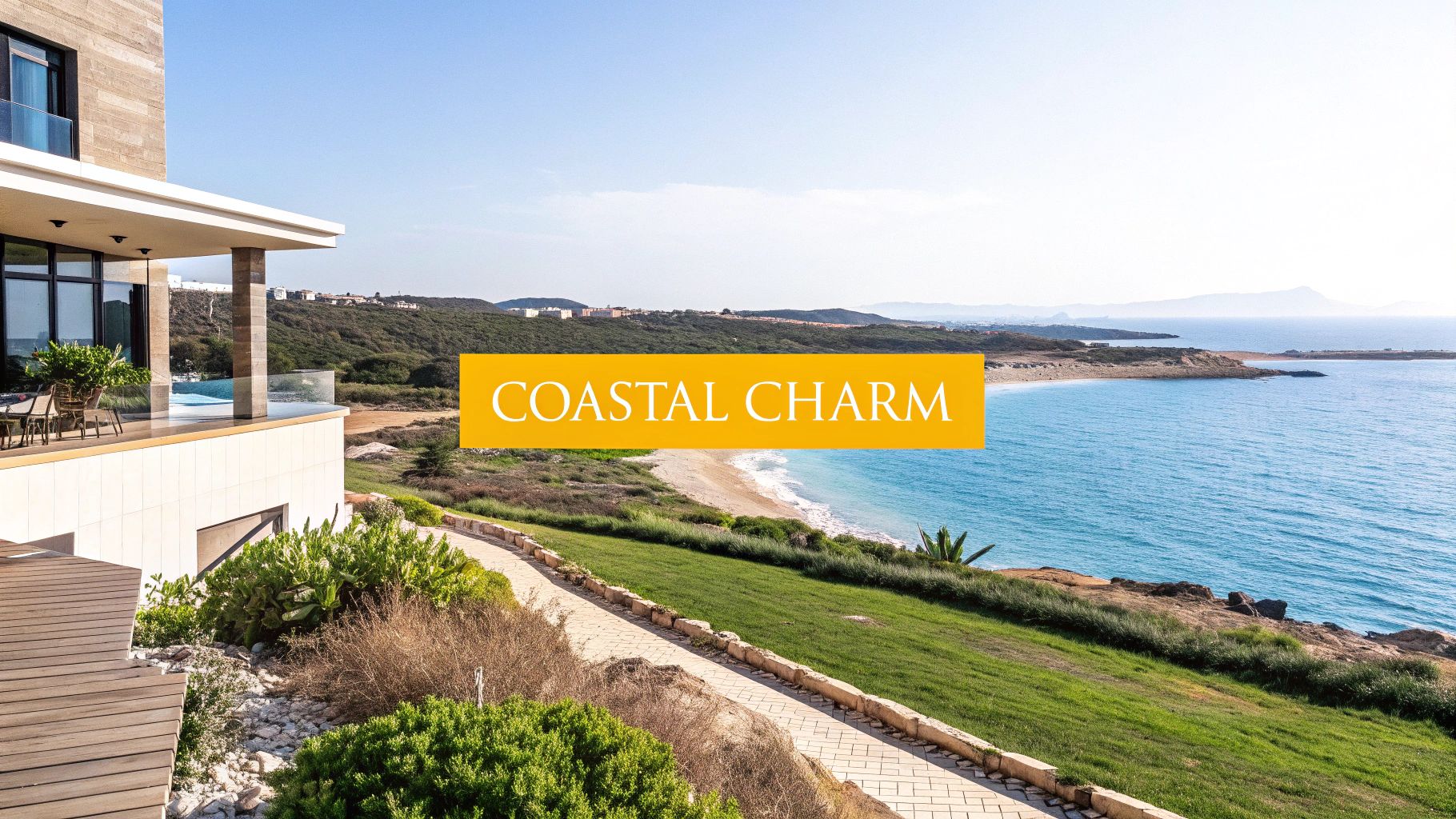
Designing a blue waters house involves much more than simply selecting exterior materials. The interior design must seamlessly connect with the breathtaking water views, complementing the natural beauty rather than competing with it. This requires careful consideration of materials, furniture placement, and color palettes to truly maximize the connection with the surrounding environment.
Material Selection: Balancing Elegance and Durability
Coastal locations necessitate durable materials that can withstand the challenges of humidity and salt air. However, this practicality shouldn't compromise the overall elegance of the design. Natural materials like weather-resistant wood, stone, and wicker offer both sophistication and resilience.
Teak furniture, for example, is naturally water-resistant and develops a beautiful patina over time. Incorporating performance fabrics, such as those from Sunbrella, for upholstery ensures both longevity and easy maintenance. These choices create a perfect balance of form and function, essential for any blue waters house.
Furniture Placement: Maximizing Sight Lines
Strategic furniture placement plays a critical role in maximizing views. Arranging seating areas to face the windows creates unobstructed sight lines to the water, allowing residents to fully appreciate the panorama.
Minimizing visual clutter with sleek furniture profiles further emphasizes the scenery outside. Choosing a low-profile sofa instead of a bulky sectional, for instance, can significantly open up a space and enhance the connection to the outdoors. This thoughtful approach essentially transforms the home into a viewing platform for the ever-changing seascape.
Color Palettes: Transitioning from Interior to Exterior
The right color palette can beautifully blur the lines between indoors and out. Soft, neutral hues inspired by the surrounding landscape, such as sandy beiges, seafoam greens, and soft blues, establish a tranquil and harmonious atmosphere.
This approach involves avoiding overly saturated or themed décor. Instead, subtle coastal references, like incorporating driftwood accents or textured linen fabrics, can evoke a sense of place without being overly literal. The result is a serene environment perfectly complementing the natural beauty of a blue waters house. You might be interested in: Exploring property features and amenities in Morocco.
Avoiding Clichéd Beach Themes
The most successful blue waters house interiors steer clear of clichéd beach themes. Overuse of nautical motifs can actually detract from the natural beauty of the setting.
Instead, focus on creating a timeless design with enduring appeal. Incorporating high-quality, classic furniture pieces, rather than trendy décor, ensures a sophisticated and lasting aesthetic. This allows the breathtaking views to remain the focal point, creating a truly immersive coastal living experience. This approach enhances the inherent beauty of the home, creating a space that is both stylish and deeply relaxing.
To help you create the ideal interior design for your blue waters house, consult the table below for expert guidance:
The following table offers a comprehensive guide to color schemes, materials, and textures to help you achieve the perfect interior design for your blue waters house.
| Design Element | Recommended Options | What to Avoid | Expert Tips |
|---|---|---|---|
| Color Palette | Soft blues, greens, beiges, whites, grays | Bright primary colors, overly themed palettes | Draw inspiration from the surrounding landscape for a cohesive look |
| Materials | Natural materials like wood, stone, wicker, linen, cotton | Synthetic materials that feel cheap or out of place | Prioritize durability and weather resistance, especially for furniture |
| Furniture | Sleek, low-profile pieces, comfortable seating arrangements | Bulky furniture that obstructs views, overly ornate pieces | Focus on maximizing sight lines to the water |
| Accessories | Natural elements like driftwood, shells, coral, plants | Overuse of nautical motifs, mass-produced beach-themed décor | Incorporate subtle coastal references for a touch of personality |
| Window Treatments | Light and airy curtains or blinds that can be easily adjusted | Heavy drapes that block natural light and views | Maximize natural light and frame the views |
By following these guidelines and considering the information presented in the table, you can create a blue waters house interior that truly honors the surrounding beauty.
The Financial Reality of Blue Waters House Ownership
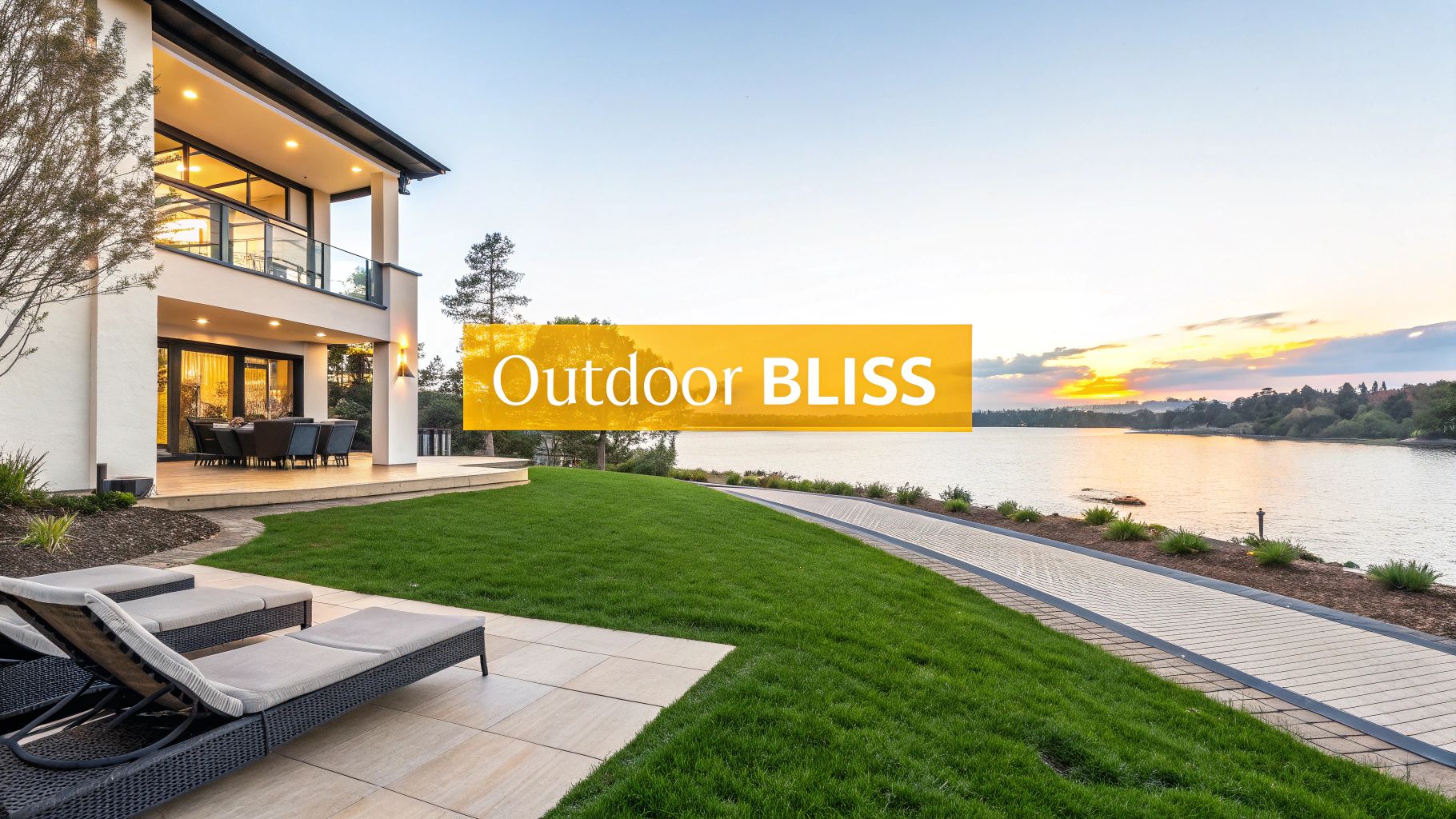
Owning a blue waters house represents a significant financial commitment, extending far beyond the initial purchase price. Prospective buyers must carefully consider the ongoing costs and unique challenges associated with coastal living. A thorough understanding of these factors is crucial for making sound decisions and ensuring a sustainable and enjoyable waterfront lifestyle.
Purchase Price: Location, Location, Location
Location significantly influences the purchase price of a blue waters house. Properties boasting direct waterfront access and breathtaking panoramic views often command premium prices. Furthermore, proximity to amenities, robust local infrastructure, and highly-regarded school districts can also impact property values.
For instance, a blue waters house nestled on a secluded beach with limited access may have a lower initial purchase price compared to a similar property located in a vibrant coastal town with well-developed infrastructure. However, the secluded property might necessitate further investment for private access roads or utility connections, ultimately affecting the overall cost.
Maintenance and Upkeep: The Cost of Coastal Living
The coastal environment presents distinct challenges for homeowners. Salt air, high humidity, and strong winds can accelerate the deterioration of building materials. Therefore, consistent maintenance is paramount for preserving both the structural integrity and aesthetic appeal of a blue waters house.
This involves routine cleaning of exterior surfaces, regular painting, and thorough inspections for any signs of corrosion or damage. Specialized coatings and sealants may be necessary to shield exterior paint and metal fixtures from the corrosive effects of salt air.
Return on Investment: Factoring in Appreciation and Rental Potential
While the costs associated with blue waters house ownership can be considerable, these properties also offer substantial return on investment (ROI) opportunities. Waterfront properties frequently appreciate at a faster rate than inland properties, particularly in highly sought-after locations.
Moreover, blue waters houses can generate substantial rental income, especially during peak tourist seasons. However, it is essential to accurately assess rental income potential based on local market dynamics, desirable property features, and the level of competition. For further information on property management and agencies, you might find this resource helpful: Learn more in our article about agencies in Morocco.
The Blue Waters Hotel in Antigua, while not directly comparable to individual blue waters houses, provides an interesting case study. Opening in 1960 with just 16 rooms, it expanded to 45 rooms by 1984. Despite facing setbacks like the $9 million refurbishment required after Hurricane Luis in 1995, it reopened in 1998 and has since thrived, earning accolades like Antigua and Barbuda's Leading Hotel in 2012. Learn more about the hotel's history and success: Blue Waters Hotel.
Hidden Costs: Insurance, Taxes, and Erosion
Beyond the readily apparent expenses, several hidden costs can significantly impact the overall financial picture of blue waters house ownership. Flood insurance is often mandatory for waterfront properties and can represent a substantial expense. Property taxes for coastal homes also tend to be higher than those for comparable inland properties.
Furthermore, coastal erosion poses a long-term concern that can negatively impact property values and necessitate costly mitigation efforts. Carefully evaluating these factors is crucial for accurately assessing the true cost of blue waters house ownership. A comprehensive understanding of these financial realities empowers prospective buyers to make informed decisions and plan accordingly.
Honoring Heritage in Your Blue Waters House
Building or renovating a blue waters house offers a unique chance to celebrate the cultural and historical significance of its location. Whether you're working with a historic waterfront property or a new build in a culturally rich coastal area, the key to creating an authentic and meaningful space lies in balancing preservation with modern living. This involves understanding the area's history, architectural traditions, and the skills of local craftspeople.
Integrating Local Architectural Traditions
Coastal areas often have distinct architectural styles influenced by the climate, available materials, and local customs. Weaving these elements into your blue waters house design can forge a strong connection to the area's heritage. For example, using traditional building materials like locally sourced stone or timber can visually link the home to its surroundings.
Furthermore, incorporating architectural details like specific rooflines, window styles, or decorative motifs commonly found in historic coastal homes can enhance this sense of place. This approach not only adds aesthetic value but also tells a story, rooting the home in its historical context.
Embracing Indigenous Design Elements
Including indigenous design elements adds another layer of cultural richness to a blue waters house. This might involve using patterns, colors, or materials inspired by local indigenous cultures. For instance, incorporating woven textiles, handcrafted artwork, or traditional landscaping techniques can create a respectful and significant connection to the area's heritage.
However, it's essential to approach this with sensitivity and genuine respect for indigenous traditions, ensuring you avoid cultural appropriation. Working with local artisans and cultural experts can help navigate this process ethically and authentically, enriching the design while supporting local communities.
Documenting Your Property's History
Every property has a unique story. Documenting the history of your blue waters house, particularly if it's a renovation, offers valuable insights into its architectural evolution and cultural significance. This research could uncover fascinating details about past occupants, building techniques, or historical events connected to the property or the surrounding area.
This documentation can take many forms, from collecting old photographs and blueprints to interviewing previous residents or local historians. This historical record can inform design choices and add a personal touch, transforming the house from simply a dwelling into a treasured piece of history. The "Blue House" in South Korea, a former presidential residence, serves as a compelling example. Its rich history, stretching back to the Goryeo period, underscores the importance of preserving cultural heritage in buildings. Learn more about the Blue House: Blue House Wikipedia.
Creating Spaces That Honor the Past and Embrace the Present
Ultimately, the aim is to create spaces that respect the past while meeting the needs of modern life. This might involve adapting traditional building techniques for modern energy efficiency or blending historical architectural details into open-plan living spaces.
This careful balancing act requires thoughtful design choices and often involves collaborating with preservation specialists. These experts can provide guidance on suitable renovations, material selections, and methods for preserving historic features while incorporating modern updates. Their expertise can help you avoid common pitfalls and reap the unexpected benefits of heritage-conscious coastal development.
Are you ready to find your ideal blue waters house in Morocco? Rich Lion Properties can guide you through a smooth and rewarding real estate journey. We specialize in helping clients find, buy, rent, and sell exceptional properties across Morocco. Discover Your Dream Coastal Home with Rich Lion Properties


